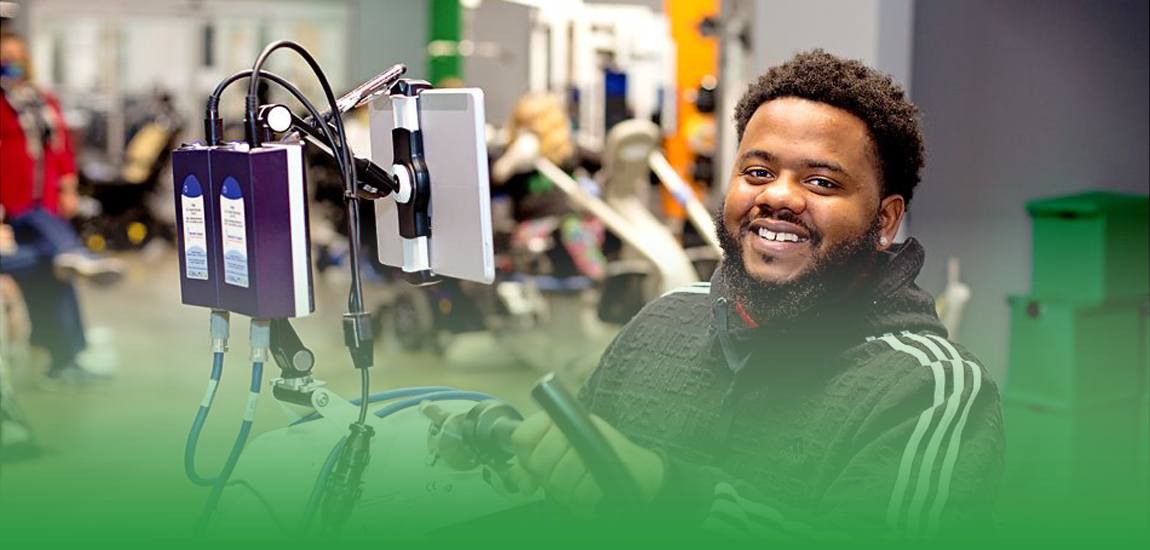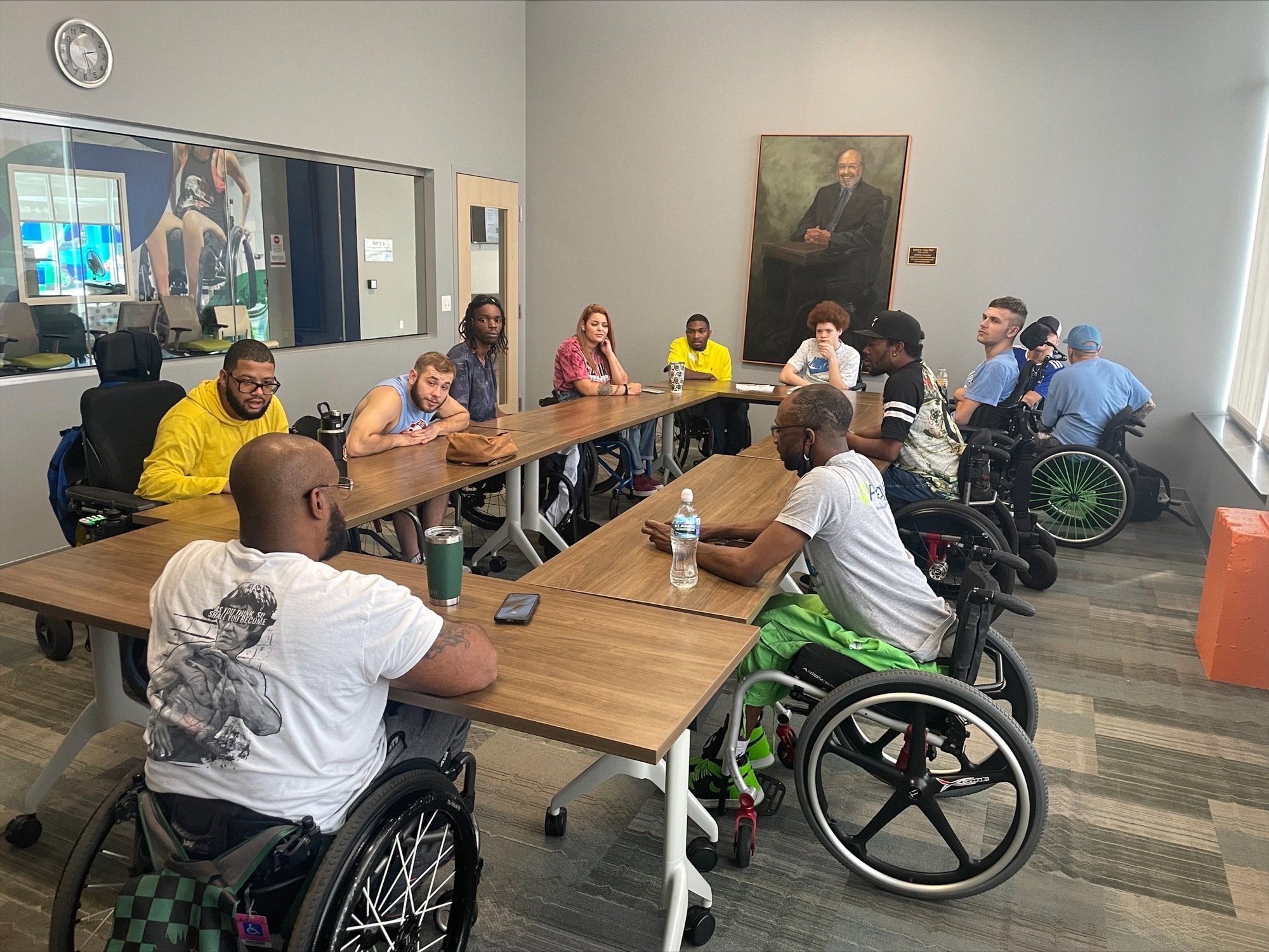
Paraquad envisions an integrated society free of barriers and discrimination where disability is viewed as a natural part of human diversity.
Mission, Vision, and Values
Our Mission
Paraquad champions equity and independence for people with disabilities through services, partnerships, education, and advocacy.
Our Vision
We envision an integrated society free of barriers and discrimination where disability is viewed as a natural part of human diversity.
Our Values
Dignity The right of all people to be valued and respected.
Equity The right of all people to be treated with fairness and justice.
Opportunity The right of all people to pursue their goals.
Inclusion The right of all people to participate equally in the community.
Self-determination The right of all people to make their own decisions and control their own lives.
We Served 1,106 People in 2023
1,106
Number of people who developed skills needed to live more independently.
459
Number of participants who got a job or received support to succeed at a job.
357
Number of participants who maintained their independence through our personal care services.
Who We Serve
Many people with disabilities are unaware of the resources available to them. Our staff have deep understanding and expertise through lived experience and are dedicated to assisting our participants in navigating their options and finding the right resources for them.
What ages do we work with?
We work with people of all ages — from children who might have a disability (or whose parent/guardian might have a disability) to senior citizens.
What types of disabilities do we focus on?
We assist people who have a wide variety of disabilities, including physical, cognitive, visual, auditory and mental/emotional. About 15 percent of our participants have multiple disabilities.
What parts of St. Louis do we serve?
We work with all St. Louisans to make our city a better place for everyone to live. We believe a more accessible city benefits us all, not just those of us with some sort of disability.
What is Independent Living?
The History of Independent Living
The Independent Living (IL) movement began in the late 1960s and early 1970s when society was in the midst of a growing civil rights movement. Ed Roberts, one of the founders of the IL movement, was denied admission to the University of California at Berkeley because of his disability. He challenged that decision and won, but was forced to live in a medical facility on campus .
Fighting against the restrictions and the perception of being sick, Ed worked with other students to organize practical supports, such as accessible housing and personal assistant services. This allowed them to live on their own. Hearing of their success, many people contacted them for information and support. In 1972, the first Center for Independent Living (CIL) was formed in Berkeley.
Centers for Independent Living
A CIL is a non-residential, not-for-profit, community-based agency that provides the core services of Independent Living. A CIL is more than just an organization. It embodies a movement with a philosophy rooted in principles similar to the civil rights and women’s movements. The Independent Living Movement developed in response to systems that were inaccessible and excluded people with disabilities.
The Independent Living Philosophy
The philosophy of independent living holds to principles that contrast the IL model with the traditional rehabilitation model. In the IL model, the society with barriers and negative attitudes toward disability is the problem and in need of change, rather than the individual with a disability.
The IL movement has fostered a particular definition of independence: “Independence is the ability to control one’s own life by making responsible choices from acceptable options.” To ensure “acceptable options” exist and prevent inappropriate institutionalization, CILs offer a variety of services, called the five core services: advocacy, independent living, information and referral, peer consultation and transition.





